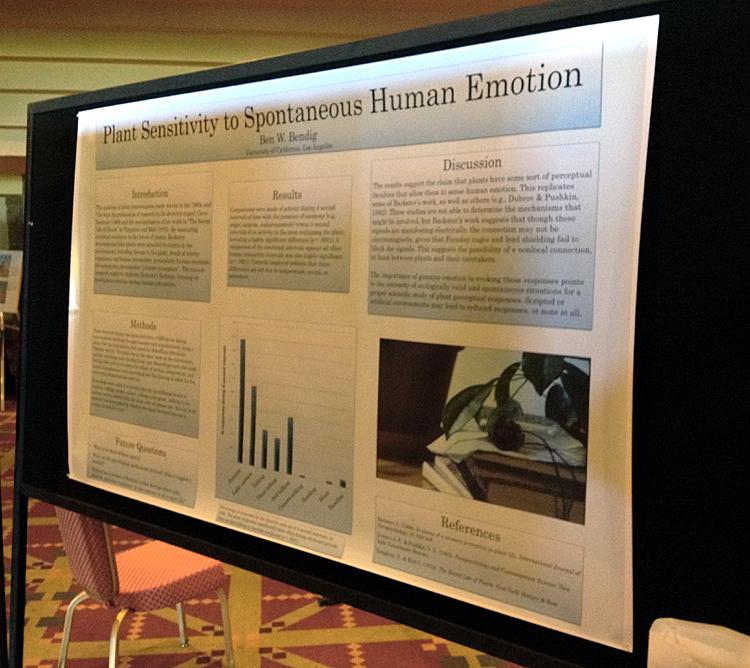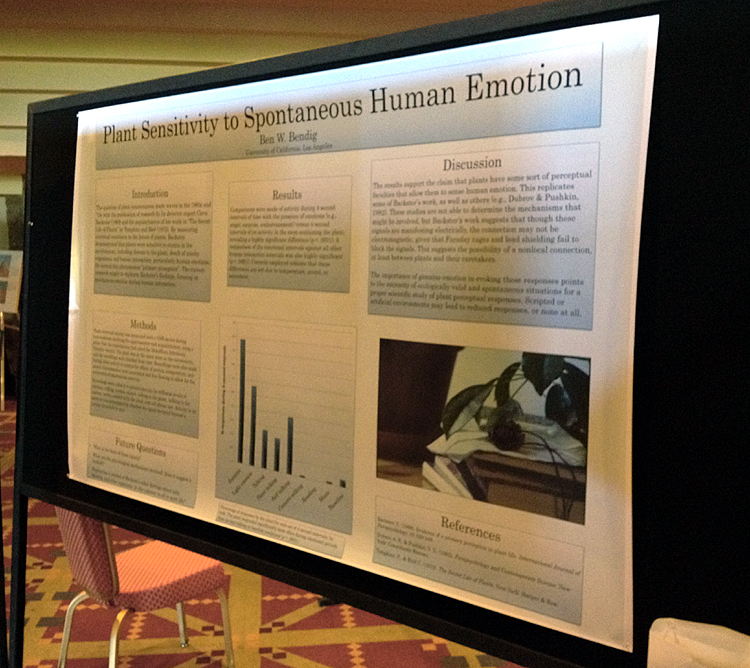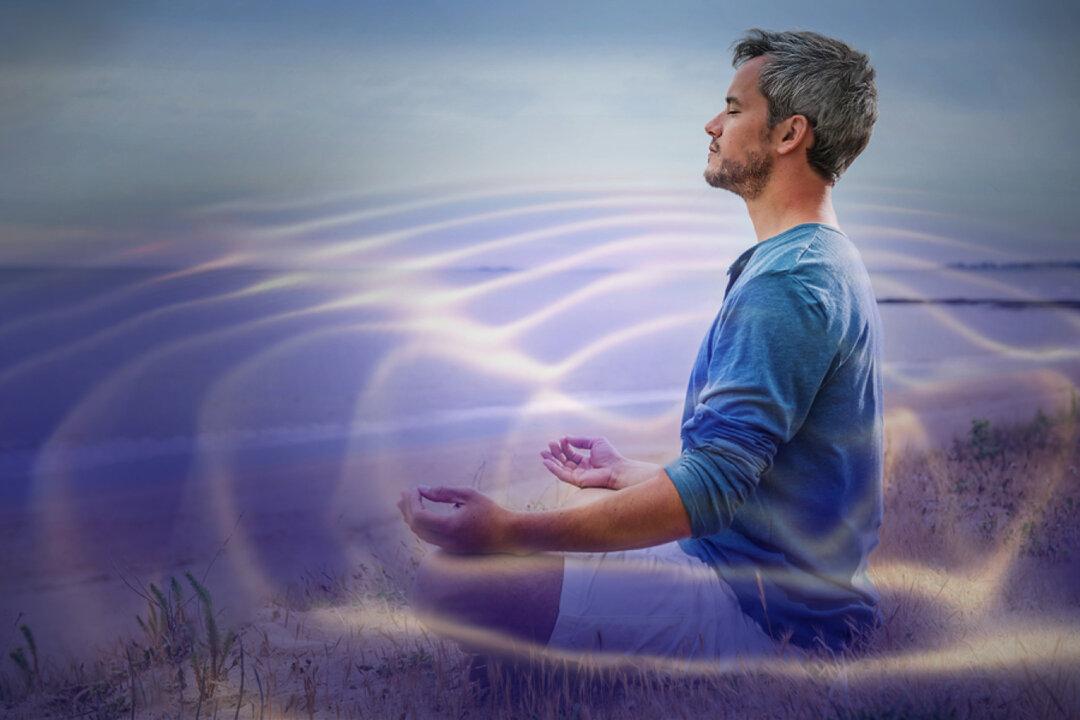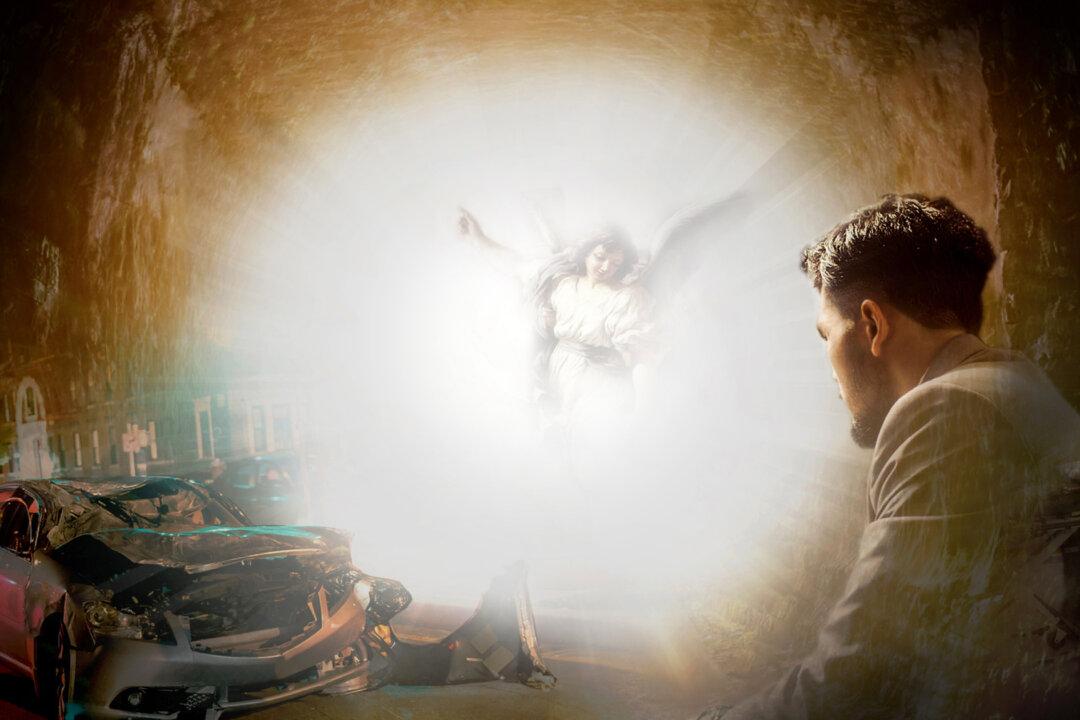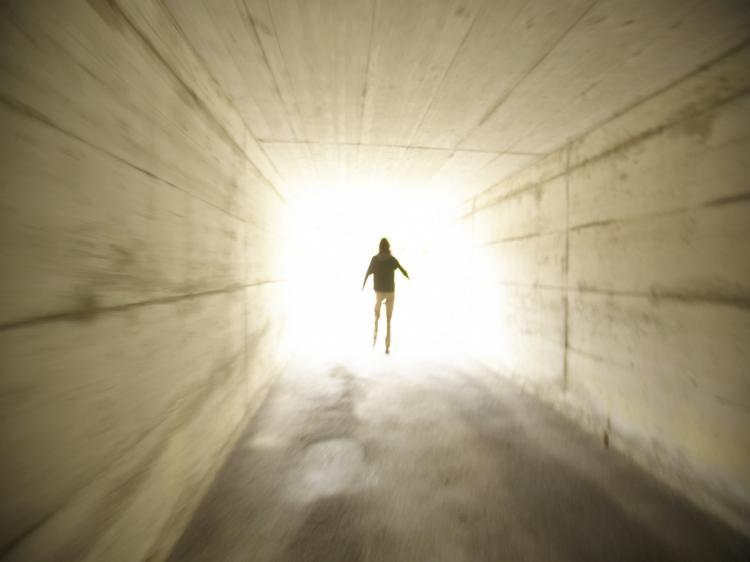Set in the stark beauty of Tucson, Ariz., a week-long conference that plumbs the deep questions of the mind and its place in nature has attracted people from all over the world every other year since 1994. This year was no different, with an attendance of about 700, made up of philosophers, psychologists, physicists, neuroscientists, and plenty of people there just out of interest.
The conference kicked off on Tuesday, April 10, with the “War of the Worldviews,” featuring Deepak Chopra, best-selling author of the new scientific paradigm that integrates health and the mind; Susan Blackmore, a renowned psychologist skeptic; Leonard Mlodinow, a Caltech physicist who recently co-wrote the book “War of the Worldviews” with Chopra; and physicist Menas Kafatos, who has written extensively on consciousness and physics.
The debate was at times lively, with audience sympathies evident by applause at certain points. Chopra advocates the view, consistent with traditional Indian beliefs, that consciousness is primary in the universe and that matter is secondary.
Blackmore was arguing for more of a reductionist account, though with claims like “consciousness is an illusion” seemed to be saying more than just that the mind can be reduced to the brain. When questioned, however, she said that she is just exploring different ideas and trying to get to the bottom of things.
The physicists had rather different approaches, with Kafatos emphasizing how quantum physics is not inconsistent with a view that consciousness is the foundation of the universe. Mlodinow spoke on the role of science—though emphasizing that he is not a philosopher—in investigating consciousness, and that while consciousness is mysterious, we cannot yet say it is beyond the reach of science.
TSC (Toward a Science of Consciousness) conferences, as they are called, are much like many other conferences, with a number of plenary talks that most people attend. Concurrent sessions then follow, for which attendees have to make painful choices to determine which talks to hear at the expense of others going on at the same time. On two of the nights, there were poster sessions, which revealed the diversity (and extremity) of ideas being thrown around at the conference.
The plenary talks covered a wide range of issues. Topics included how to determine if people are conscious in coma and anesthesia states, the relationship between attention and awareness, the question of retrocausality, echolocation and the brain, and the effects of psychedelic drugs on the brain.
The echolocation portion was particularly interesting because, in addition to scientists discussing research was Daniel Kish, a blind man who uses echolocation to navigate the world and teaches others to use the skill. Neuroscientists have found that echolocation in people uses some of the same areas of the brain that are used for vision in sighted people.
This question of retrocausality was covered by Daryl Bem, a professor emeritus at Cornell University, who made the press last year when he published the results of experiments that indicated people can sense the future. He took several well-established effects in psychology and reversed them.
For example, priming is a well-known phenomenon wherein if you show someone a positive or negative word, and then show that person a pleasant or frightening picture and ask him or her to tell if it is positive or negative, that person will respond faster if the preceding word aligns with the picture. So a negative word before a scary picture will elicit a faster judgment than a negative word before a nice picture.
Yet Bem showed that the effect still holds if you show the word after the picture—people will make faster judgments about the picture depending on the word shown after they see the picture.
This study raised great controversy after the results were published, and continues to do so. Bem reported at the conference, however, that a number of people have replicated his findings. It remains an exciting issue to explore.
The concurrent talks featured an even wider range of topics, from panpsychism to meditation to the neural correlates of consciousness to space and time to nonlocality. Likewise, the posters featured a wide range of ideas, including several attempts at frameworks for understanding how consciousness fits into the universe.
The issue of where consciousness comes from boils down to two possibilities: Is it there from the start, or does it somehow emerge from neural processes? The emergence theory is popular among materialists and reductionists, but is increasingly unpopular among philosophers as well as others. The idea that consciousness can “pop out” of nothing strikes some as being too magical to be a workable theory.
A number of new frameworks trying to account for consciousness’s place in nature were presented, but the approaches differed greatly. One presenter, John Grandy, suggested that DNA plays a crucial role, while others looked at a deeper level, going to the subatomic.
One issue many encounter is the “combination problem”—if there is some equivalent to an atom for consciousness, how do those units combine to create minds or richer experiences? The diversity of approaches reveals that there is little consensus about how to approach these problems, much less solve them. But that is why the conference is called “Toward a Science of Consciousness”—few people there presumed to have solved the problem (though some seemed to think they had).
Another interesting philosophical idea from a poster session was from independent researcher J. Kenneth Arnette, who, in offering a framework that puts mind as the foundation of existence, came up with this analogy from relativity: Mind is to energy as energy is to matter.
The conference was founded by anesthesiologist Stuart Hameroff and philosopher David Chalmers, both of whom investigate issues of consciousness but from very different angles. Hameroff has worked with mathematician Roger Penrose on how microtubules in neurons may be involved with consciousness, while Chalmers has made his mark emphasizing the difficulties of accounting for consciousness from a materialist perspective.
Next year’s conference will be held overseas in Agra, India. Traditionally the conference is in Tucson on even years, and international on odd years.
